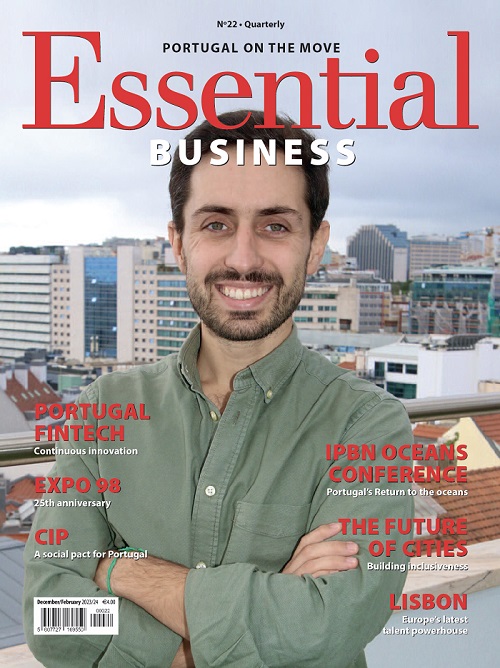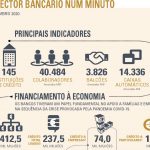From lockdown to the open road
What might travel be like during the recovery period once Covid-19 is under control? Thanks to its aggressive national response to the pandemic, Portugal is providing clues. Native Floridian Sheree M. Mitchell, founder and president of Lisbon-based boutique tour operator Immersa Global, recently completed a two-week trip through Portugal. In a four-part series of Dispatches, she shares what she’s discovered with Essential Business and Travel Weekly readers.
Article kindly submitted by Arnie Weissman, Editor-in-Chief, Travel Weekly
As an American travel geek living in Portugal during a pandemic, what’s the first thing you do the moment your host country eases out of lockdown? You plan a two-week, 20-stop, 1,700-mile road trip to explore the New Normal.
Back in March, like most of us, I watched with shock and dismay as travel came to an abrupt halt. In Portugal, the government quickly closed borders, opened makeshift hospitals and designed and implemented unique social programs. By the end of the month, everyone had restructured their everyday lives to focus on one common goal: Flatten the curve.
A month later, Portugal’s National Tourism Authority, in collaboration with the Directorate General of Health, rolled out the new Clean & Safe certification program. The objective was to establish a set of health and sanitation standards for hotels, restaurants and tour operators. The program was well thought out; within a month, other international destinations launched similar versions of Clean & Safe, as well.
By late May, Portugal initiated a multiphase reopening process to help the country ease out of lockdown. During this time, some restaurants and nonessential shops began opening with limited service, reduced hours of operation and strict social distancing rules. By mid-June, museums and other cultural centers followed suit. And by July, most hotels across the country had opened their doors for the first time in months.
As word of Portugal’s slow but hopeful tourism rebound started reaching the U.S., colleagues, clients and friends started reaching out to me. They were curious to know what was going on. Their emails, texts, and LinkedIn messages all sounded the same: “How are you? What’s going on in Portugal? Is it safe to travel? Are you traveling?”
And, of course, “When do you think they (the European Union) are going to let us in again?”
As the days passed, the questions continued, and my responses sadly remained the same. All I had to offer was what I was hearing during online tourism conferences, what I read in trade journals and the observations of local colleagues. I wanted to help, but my intelligence was unimpressive, to say the least. Folks from across the pond were looking to me for the inside scoop on Portugal, and I had nothing to offer.
There was only one way, I realized, to find out: To see for myself.
And during a pandemic, even the most experienced and spontaneous traveler feels like she needs a plan. I reached out to my friend, Paulo, who was filming his TV show “Mesa Nacional,” loosely translated as “The Portuguese Dining Table.” It’s similar to Anthony Bourdain’s “No Reservations,” featuring small and unique restaurants throughout the Portuguese countryside. Paulo was already doing what I hoped to do: driving around the country, staying in hotels, eating in restaurants and interacting with locals.
I had a hundred questions for him and fortunately he had the patience — and answers — for each one. As Paulo described the details of his experience, my curiosity and confidence increased by the minute. By the end of our chat, I had a plan.
As I began mind-mapping the trip, the goal became crystal clear: To cover as much of the country as possible while focusing on remote, social-distancing-friendly places with unique local activities. For planning purposes, I divided mainland Portugal into four regions:
1) The Algarve (beach, sun, regional gastronomy, dramatic cliffs and ocean sunsets)
2) The Alentejo (picturesque small villages, wine, history and “dark sky tourism,” far from the bright lights of any city)
3) The North (boating, wine, Douro Valley and Paleolithic rock art)
4) The Central Region (mountains, Jewish heritage, medieval villages and wine)
I had a solid outline of a two-week trip that included 20 stops between the Atlantic Ocean to the south and the Spanish border to the north.
I mapped a route, selected hotels, made reservations and packed my bags. I was ready.
Tomorrow: The Algarve
This is the first of four articles published in Travel Weekly that will appear in Essential Business over the next two months.
Grateful thanks also to Sheree Mitchell – Immersa Global, Visit Portugal which covered all expenses, Travel Weekly, Paulo Salvador and Mesa Nacional.










